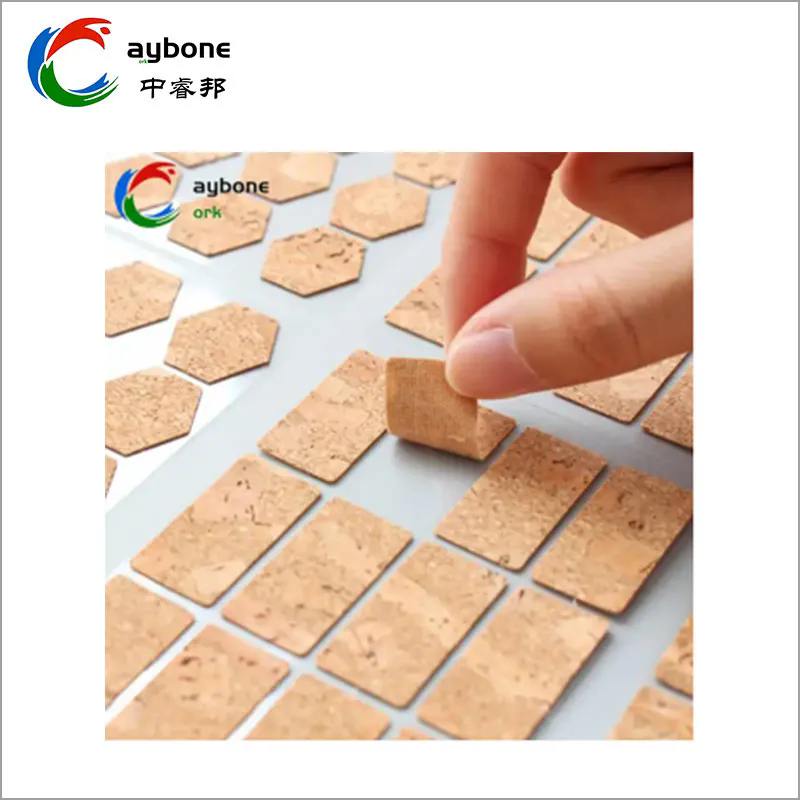Cork Underlay: The Unsung Hero of Flooring Solutions
2024-08-15
When considering flooring options, most of us focus on the visible surface—whether it's hardwood, laminate, tile, or carpet. However, beneath the surface lies an unsung hero that plays a crucial role in the comfort, durability, and performance of your flooring: cork underlay. This natural, sustainable material is gaining popularity for its exceptional benefits, making it a smart choice for homeowners and builders alike.
What is Cork Underlay?
Cork underlay is a layer of material placed beneath flooring to provide a range of functional benefits. Made from the bark of cork oak trees, it is an eco-friendly product that is harvested without harming the tree, allowing it to regrow and be harvested again. This renewable process makes cork one of the most sustainable materials available for flooring solutions.
The Benefits of Cork Underlay
1. Sound Insulation
One of the standout features of cork underlay is its ability to reduce noise. Cork's cellular structure absorbs sound, making it an excellent insulator against impact noise, such as footsteps, and airborne noise, like voices or music. This makes cork underlay particularly popular in apartments, condos, and multi-level homes where noise reduction is a priority.
2. Thermal Insulation
Cork is a natural thermal insulator, which helps maintain a comfortable temperature in your home. Whether you're dealing with cold winters or hot summers, cork underlay helps to regulate indoor temperatures, making your living space more energy-efficient and reducing the need for excessive heating or cooling.
3. Comfort Underfoot
Cork underlay adds a layer of cushioning beneath your flooring, which makes walking, standing, or playing on the floor more comfortable. This is particularly beneficial in areas where you spend a lot of time on your feet, such as kitchens or living rooms.
4. Moisture Resistance
Cork is naturally resistant to moisture, making it a suitable underlay for areas prone to humidity, such as basements or bathrooms. It helps protect your flooring from potential water damage, extending the life of your floors.
5. Eco-Friendly and Sustainable
As mentioned earlier, cork is a renewable resource. The process of harvesting cork does not harm the tree, and the bark regenerates over time. Additionally, cork underlay is biodegradable, making it an environmentally responsible choice.
6. Versatility
Cork underlay is compatible with a wide range of flooring types, including hardwood, laminate, vinyl, and tile. Its versatility makes it an excellent choice for various applications, whether you're installing new floors or upgrading existing ones.
Installation Tips for Cork Underlay
When installing cork underlay, it's essential to follow some best practices to ensure optimal performance:
- Surface Preparation: Ensure the subfloor is clean, dry, and level before laying the cork underlay.
- Acclimation: Allow the cork underlay to acclimate to the room's temperature and humidity for at least 48 hours before installation.
- Seam Sealing: For larger areas, seal the seams between cork underlay sheets with tape to prevent moisture penetration.
- Floating Floors: If you're installing a floating floor, ensure the cork underlay is compatible and provides the necessary support.
Conclusion
Cork underlay is more than just a hidden layer beneath your floors—it's a valuable investment in comfort, energy efficiency, and sustainability. Whether you're renovating your home or building from scratch, consider cork underlay as part of your flooring solution. Its many benefits will enhance your living space, providing a quiet, comfortable, and eco-friendly environment for years to come.



